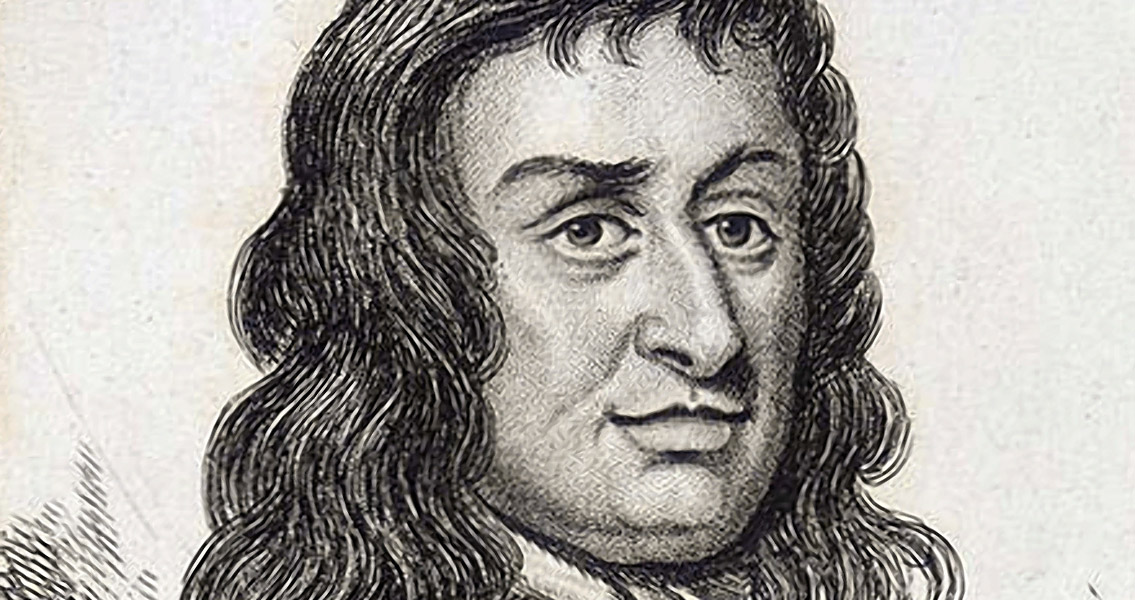<![CDATA[One of history's greatest rogues was caught in the middle of one of his most audacious acts on 9th May, 1671. Thomas Blood, or Colonel Blood as he had styled himself, attempted to steal the crown jewels from the Tower of London and yet remarkably, despite the treasonous act, found himself in the service of King Charles II shortly after his capture. Blood had a history of crime and deception, a reputation as an opportunistic turncoat who would change sides with no hesitation to better his own position. By the time he attempted to steal the crown jewels in 1671, he was already a wanted man in England, forced to use a false name and wear a disguise to evade arrest. Following the Restoration of the English monarchy in 1660, a new set of crown jewels was made to replace those destroyed following Charles I's execution, including two new sceptres and an orb costing £12,185 along with a new crown for the King. King Charles, perhaps surprisingly for the time, allowed members of the public to go and visit the crown jewels for a small fee despite the Tower of London still acting as a prison. The plot to steal the jewels had been a long term one, slowly playing out over the course of several weeks. In mid-April Blood, disguised as a parson, went to the Tower of London to pay a visit to the jewels. Calling himself Dr. Ayliff, he'd paid a young Irish actress, Jenny Blaine, to pretend to be his wife. The two were on a reconnaissance run, the purpose of the visit to check out the security of the jewels and get acquainted with the Tower's custodian, Talbot Edwards. Once the visit was over, Blaine seemed to start suffering from severe convulsions, and Edwards called for his wife to take the supposed parson's wife upstairs to recover. Several days later, Blood returned to the Tower with thank gifts for Mr and Mrs Edwards. For several weeks Blood kept returning, ingratiating himself with the custodian and his wife until he eventually suggested his nephew marry the Edwards' daughter. The family agreed, and arranged the morning of the 9th May as the time for the suitors to meet. At 7 am Blood arrived at the Edwards' house, along with four other men. As they waited for the Edward's daughter, Talbot took Blood and the four men to see the crown jewels. As soon as they entered the room, the four men pounced on Edwards, covering his head in a cloak and hitting him with a mallet when he attempted to resist. The men quickly grabbed the jewels, one man attempting to hide a royal orb in his trousers, while another crushed the royal crown with the same mallet used to silence Edwards. Their plot was foiled however, when Edwards' son turned up unexpectedly and raised the alarm. Tower guards quickly descended on the robbers, and they were all captured as they attempted to make their escape. Shockingly, Blood insisted while in custody that he would only answer questions to the king himself. For some reason the authorities obliged him, and he was brought before King Charles II. Blood's audacity paid off, and the King surprisingly decided to spare his life. Indeed, Charles opted to restore Blood's estates in Ireland, which he had lost several years before for other crimes, and appointed him as a member of the royal court with an annual pension. Some historians believe Charles was taking a calculated gamble, employing Blood to act as a spy and for his knowledge of treasonous plots. Whatever Charles' reasoning, Blood escaped punishment, and lived in freedom until his death in 1680. ]]>
Colonel Blood Caught Stealing Crown Jewels
